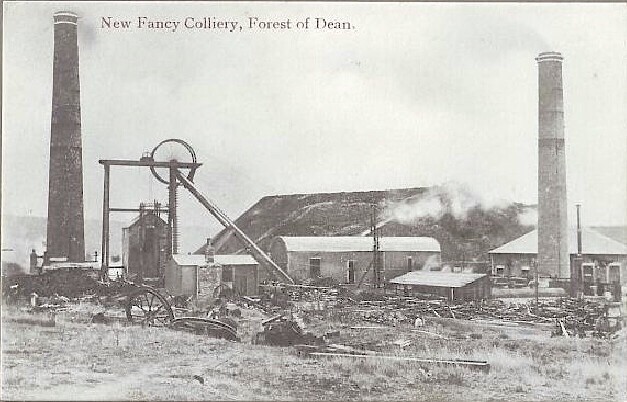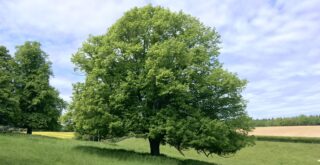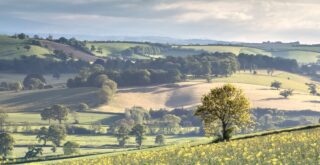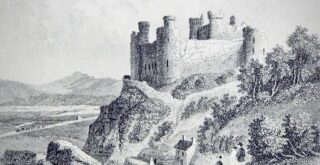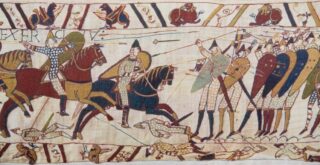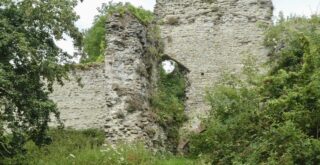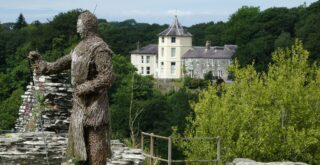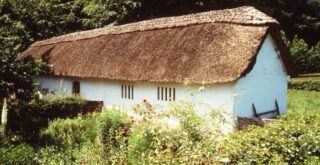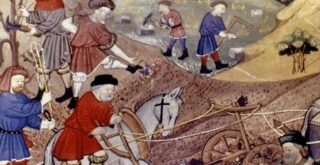Early life
James Mortimore was born around 1833, the son of William Mortimore and his wife Jane (nee Moody). Like his older sister Mary, his parents did not baptise him at birth. He was born in Upper Knowle, Bristol, originally a separate village which by the 1830s had become part of the sprawling city. James had two older sisters, Matilda and Mary Ann. It would be a hard childhood ahead for him. When he was only a baby, his mother Jane died, perhaps killed by one of the many diseases that continuously ravaged the port city. His father remarried the following year to Mary Ann Tippins a young woman from the Forest of Dean.
Growing up, James experienced the excitement of the birth of younger half sisters but also the hurt and sadness of losing three of his baby sisters. In 1840 when James was 7, his oldest sister Matilda died aged 18, and this must have been a devastating time for the family to lose the eldest daughter just approaching adulthood. James was finally baptised the following year, together with his sister Mary Ann. His step mother Mary acted as a caring maternal figure for him. James never knew his own birth mother, and both his maternal grandparents died before he was 11, so he would go on to develop a closer relationship with his step mother’s family than his own blood relatives.
 Finding an occupation
Finding an occupation
In the late 1830s the family moved closer to the centre of Bristol and lived at 7 Pipe Lane, Temple parish. The family was by any description poor and James experience of schooling was extremely limited. He would have to labour from a young age to support his family. Bristol was situated near large coal seams centred to the south of the city and beginning in the mid 18th c., the coal seams were exploited. By the 1840s there were extensive coal pits in Bedminster, with many miners and labourers working there. Around the late 1840s, James began working in the coal industry as a teenager, perhaps as early as fourteen. Colliery labour was dangerous work. There was little oversight of safety and accidents were frequent, sometimes deadly.
The Forest of Dean
James might have left home at about the age of 16 to live with his step uncle George Tippins, who was a colliery engine driver in the Forest of Dean. This was the occupation that young James would eventually follow, after first toiling as a general labourer. These men performed an important function in the colliery by driving the steam engines carrying wagons from the colliery to the sidings for collection and transport on the main line.
The 1851 census shows George Tippins had taken in James Mortimer under his wing. They lived next to his brothers William and Henry Tippins, who also worked in the coal mining industry.

1851 census entry for James Mortimer and Tippins family
Life as a colliery worker
Coal mining in the Forest of Dean coalfield had taken place since Roman times, although it wasn’t until the development in steam power during the industrial revolution that coal mining and working really took off in the area. In 1787 the area had 90 working coal mines, and 31 that had fallen into disuse. The product was transported to ports on the river Severn, where it was loaded onto barges, transported to Bristol and shipped afield. For centuries mining was regulated through the free mining system, in which leases were granted to individuals as a right to mine a specific area and reap the profits from mining production.
Separation of parents
In 1853, when James was 20, his step mother Mary Ann escaped her married life in Bristol to move back home to the Forest of Dean, abandoning her husband William Mortimer but taking her 11 year old daughter Elizabeth with her. Mary Ann then proceeded into a bigamous marriage with Thomas Beach, a local widower, although she made no attempt to disguise her name upon marriage. Although her father’s name was William Tippins, she presumably pretended to be his illegitimate daughter. The marriage took place in Ellwood Primitive Methodist chapel, West of Parkend, so there were no local objections. James’ half sister Elizabeth’s name was changed to Beach to reflect her new family until her marriage, when she reverted to Mortimore.
It is possible to speculate over the circumstances but chances are the reason for the incident will remain unknown. James presumably empathised with his step mother and continued to live near her in the Forest of Dean. Mary Ann and Thomas had no children together. She continued to live at Whitecroft, Gloucestershire with her new husband.
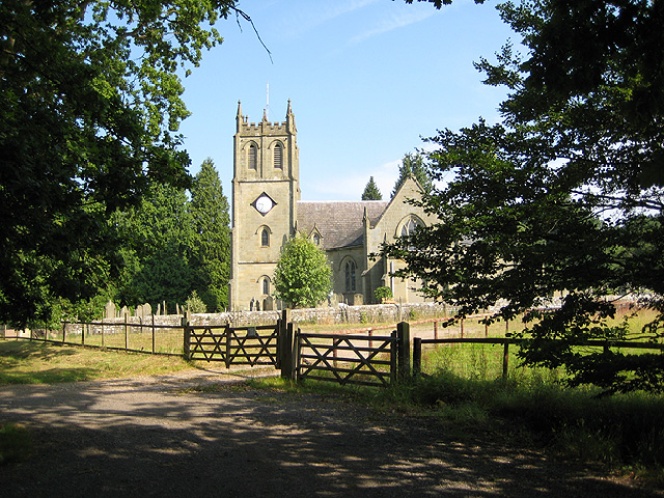
Parkend St Paul parish church, Gloucestershire
Marriage to Sennabia Phipps
In his 20’s, James Mortimer became an engine driver and in the 1861 census is listed as such. At this time he was 28 years old and still lodging with his uncle George, although he was ready to settle down and have a family of his own. His fiancé was a young school mistress called Sannabia Phipps, whose distinctive name was invented by her Methodist parents. Methodists were known to employ unconventional names. They had initially met through a personal connection. Sannabia’s father George Phipps was an engine driver and coworker of George Tippins. The marriage took place on 14 Sep 1862 in Newnham on Severn.

James Mortimore & Sannabia Phipps marriage record
James Mortimore was 29 while Sannabia Phipps was 20. While neither were from Newnham, they lived in the same parish of West Dean parish, near Parkend in the Forest of Dean. James Mortimore’s sister Mary Ann and her husband Charles James were witnesses.
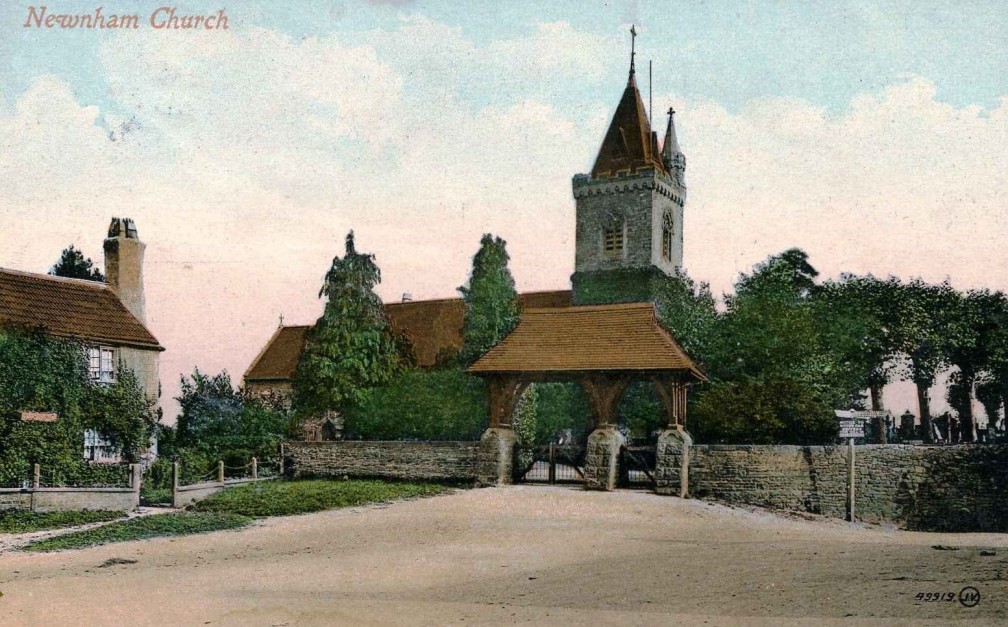
Newnham on Severn St Peter parish church, Gloucestershire
Family in Yorkley
Together James and Sannabia had seven children, though their eldest son and daughter both died in infancy.
- Mary Eleanor Mortimore (1863-1864) bap. 20 Dec 1863 Parkend, bur. 28 Jan 1864 Parkend
- George William Mortimore (1865-1865) bap. 12 Feb 1865 Parkend, bur. 28 Mar 1865 Parkend
- Annie Mortimore (1866-1901)
- James Edward Mortimer (1869-1949)
- George Phipps Mortimore (1874-1946)
- Blanche Kate Mortimore (1877-1926)
- Percival Albert Mortimore (1880-1969)
The family lived in the vicinity of Yorkley hamlet, near the village of Pillowell and between the settlements of Whitecroft and Viney Hill. Their son George Phipps was named after his grandfather George Phipps. James Mortimore worked as an engine driver in a nearby colliery, perhaps Parkend colliery. The map below shows the Forest of Dean network of collieries and trainlines that had built up by 1894. Together with the welsh valleys region to the West, the area developed into a powerhouse fuelling Victorian industry across the whole UK.
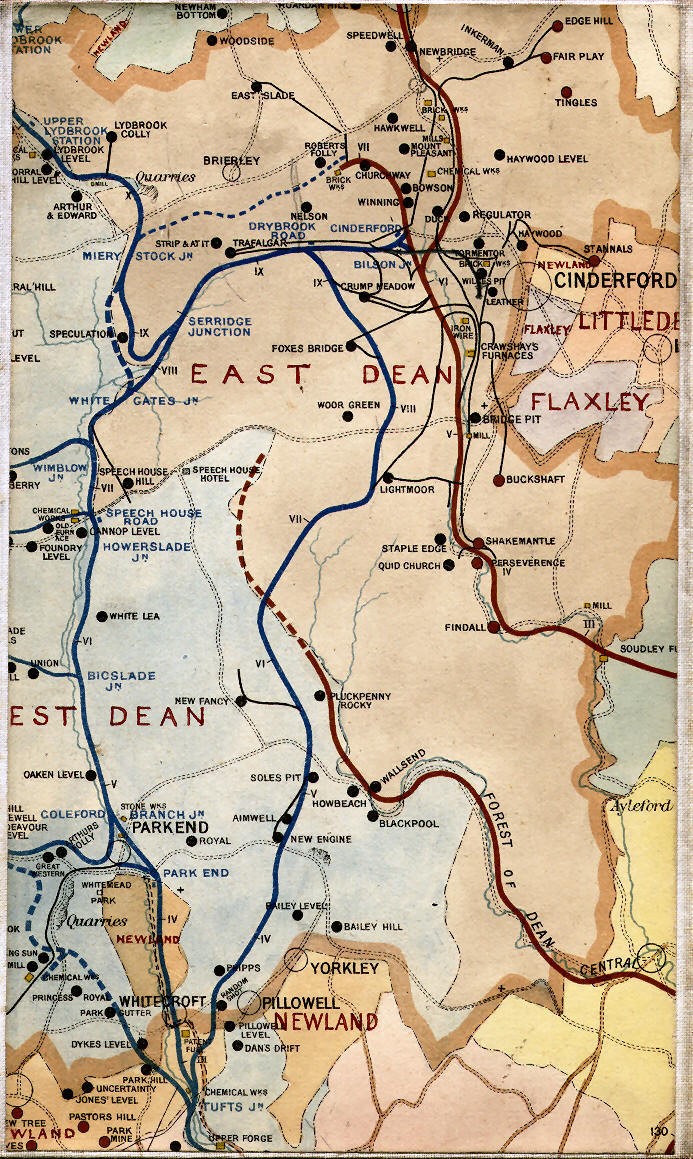
Forest of Dean colliery network
Shortly after the birth of James Edward Mortimer, James’ step mother Mary died, at the age of 54 years. She was buried in Parkend churchyard on 13 Apr 1870, alongside her parents and other members of her family.
Later changes
By 1881, James Mortimer had started to be a grocer alongside his job in the colliery. This might have been an occupation he acquired from someone else who stopped working, as people often picked up others jobs after a vacancy. All of James and Sannabia’s children except Annie are listed as young scholars and so must have attended school up to the age of about 14. James evidently wanted them to have the opportunity to learn given he only received a limited amount of schooling. Sannabia was also once a school mistress and doubtless an influence on their education. She encouraged them to attend school to better their prospects.

1881 census, James Mortimer and family
Final years
Sadly, the harsh colliery environment and unwholesome atmosphere generated from the smelting of coal eventually took its toll on James Mortimer’s health. Unbeknownst to his family, he was already in the twilight of his years. Within three years of the 1881 census, James had fallen ill and by April his condition had detoriated. On 26 Apr 1884 he suffered a fatal heart attack. He was aged 51. He was buried the 29 Apr 1884, in Viney Hill churchyard. James death left a young family of 5 children without a father, the youngest of whom was Percival Albert (Percy) Mortimer, aged 3 years old. His widow, Sannabia remarried to Edwin Thomas Curnock in 1887. They had only one daughter, Eva Eugenia R Curnock (1889-1907). Sannabia died on 24 Apr 1931 aged 87 and was buried the 28 Apr 1931 Viney Hill. Edwin survived both Sannabia and their daughter, living to 1941. James’ two sons started branches of the Mortimer family that continue to this day.
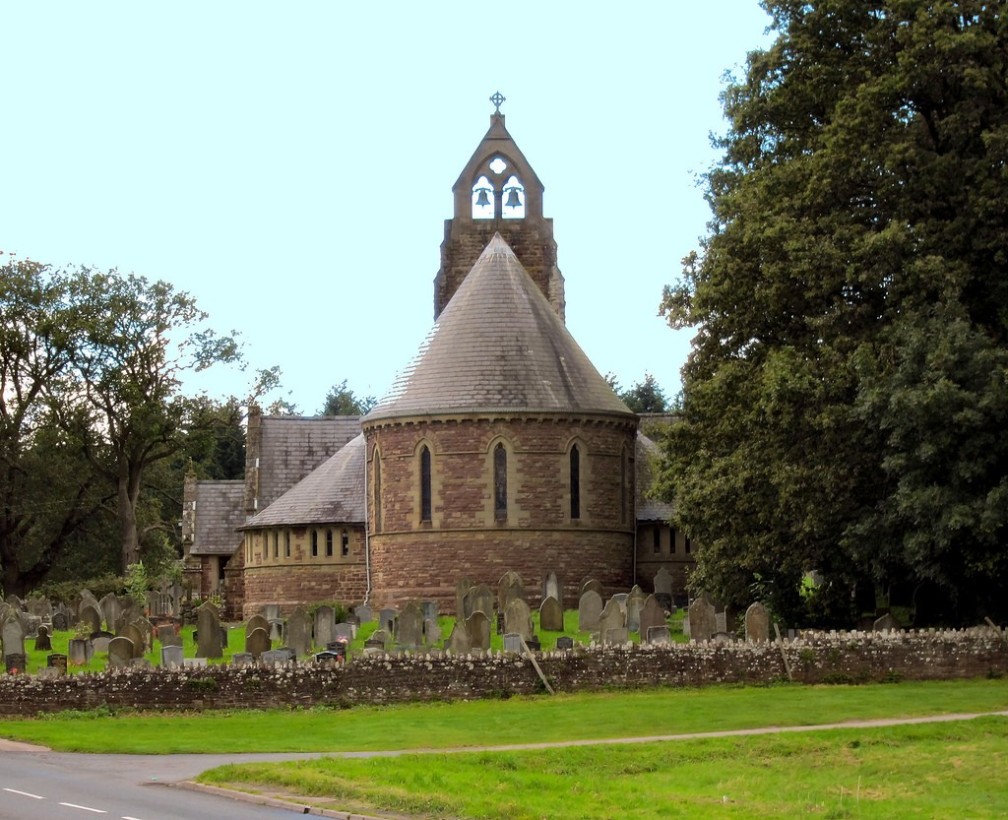
Viney Hill All Saints church, Gloucestershire
